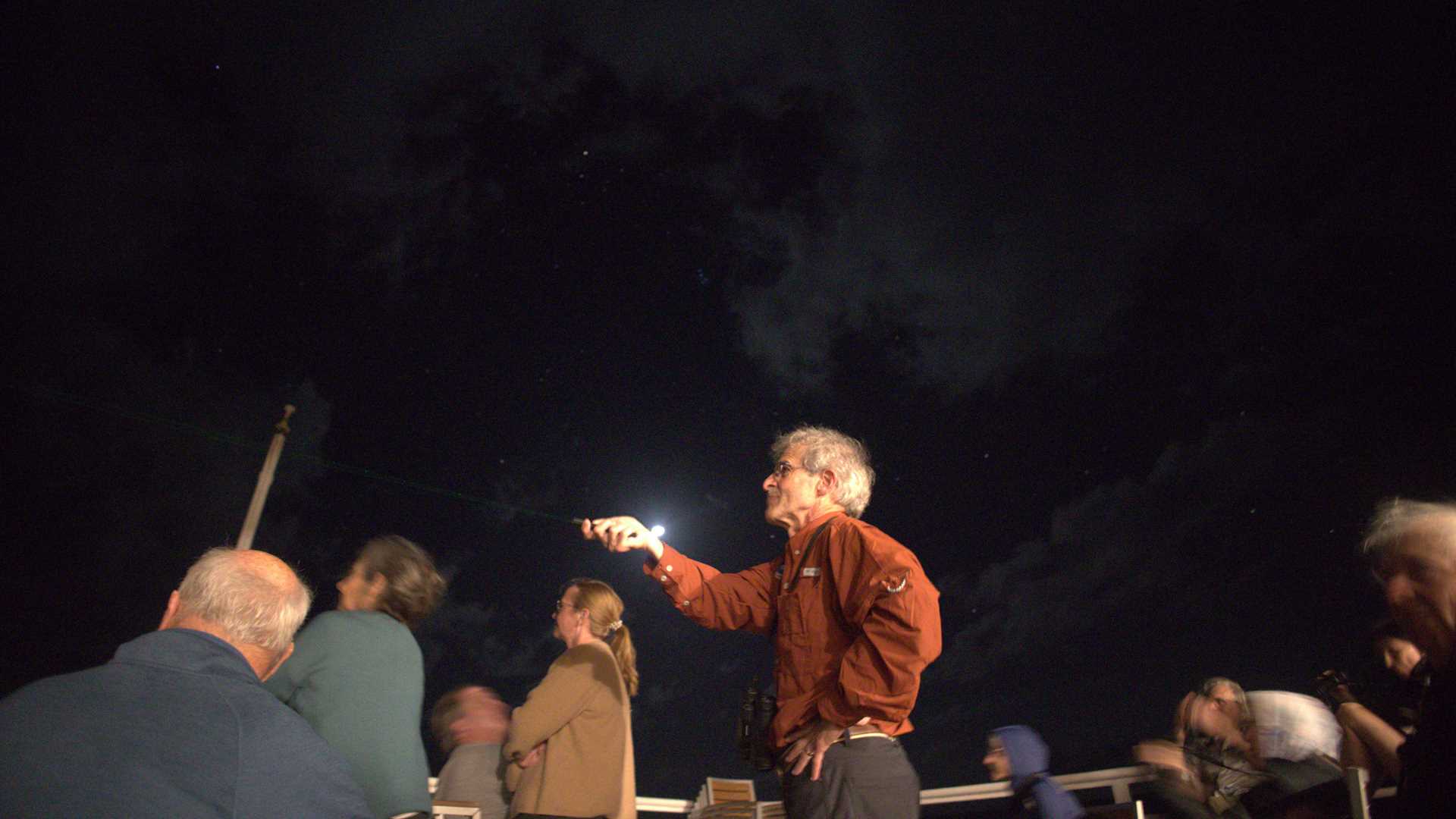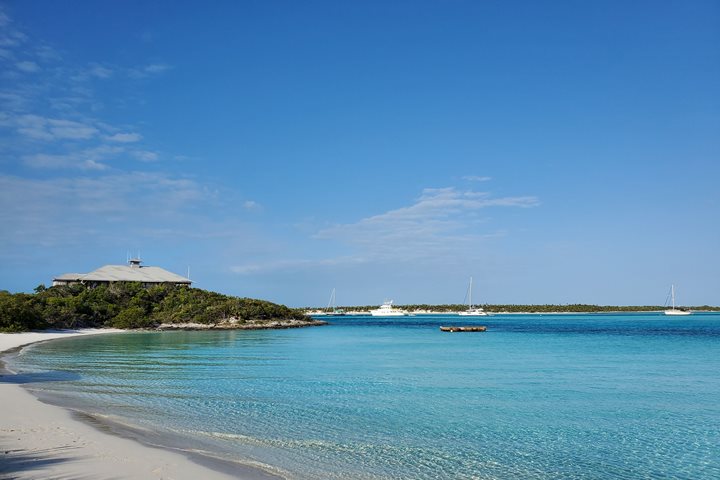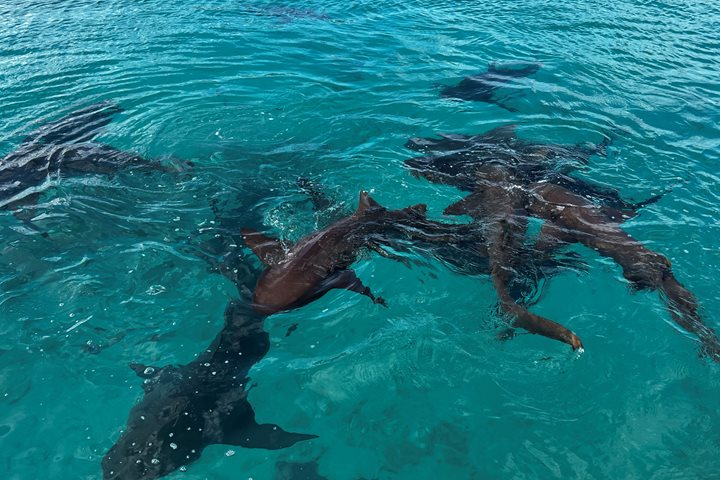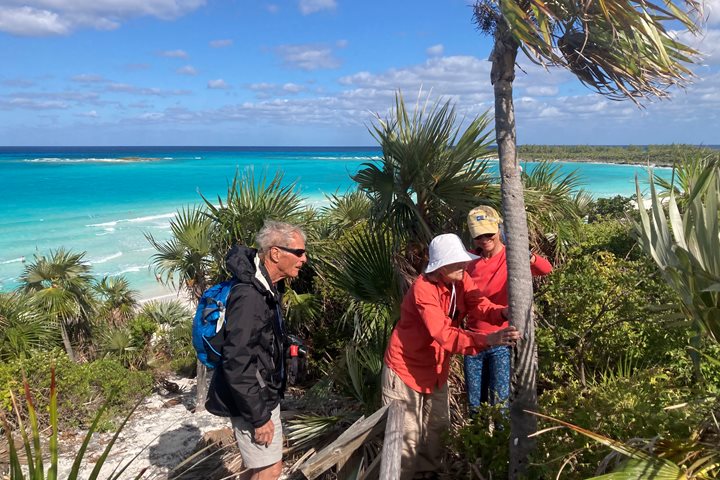Mark Catesby was a British naturalist who produced the earliest surviving scholarly accounts of Bahamian wildlife. Some three centuries old, Catesby’s landmark The Natural History of the Carolinas, Florida, and the Bahama Islands is filled with astounding artwork and text. The accounts within describe species now long extinct, reefs reduced to rubble, and landscapes forever changed. It is written in a parlance foreign to all modern English speakers. Still, Catesby’s work endures.
Perspective is a beautiful thing. Guests aboard National Geographic Sea Lion were treated to a healthy dose of it just prior to the final day of our expedition in the Bahamas. Passenger Bill Kraus took to the sun deck to lecture on the night sky, and as he did, I found myself deeply reflective on our entire trip. I continued in this reflective mindset as the day moved forward. We cruised through the mangroves and investigated the tide pools of Shroud Cay, and I was left with a feeling of deep appreciation for the time and space we occupy. Juvenile corals, conchs, and invertebrates showed hope on the horizon.
One day, our accounts of the Bahamas might be rendered as inadequate as Catesby’s. This place will surely change as the Anthropocene moves forward. But like The Natural History of the Carolinas, Florida, and the Bahama Islands, our documentation of this trip will be a portal to another time. More species might go extinct, new cities may be erected. No one will ever see the Bahamas as we saw it, and that is the beauty of travel.







